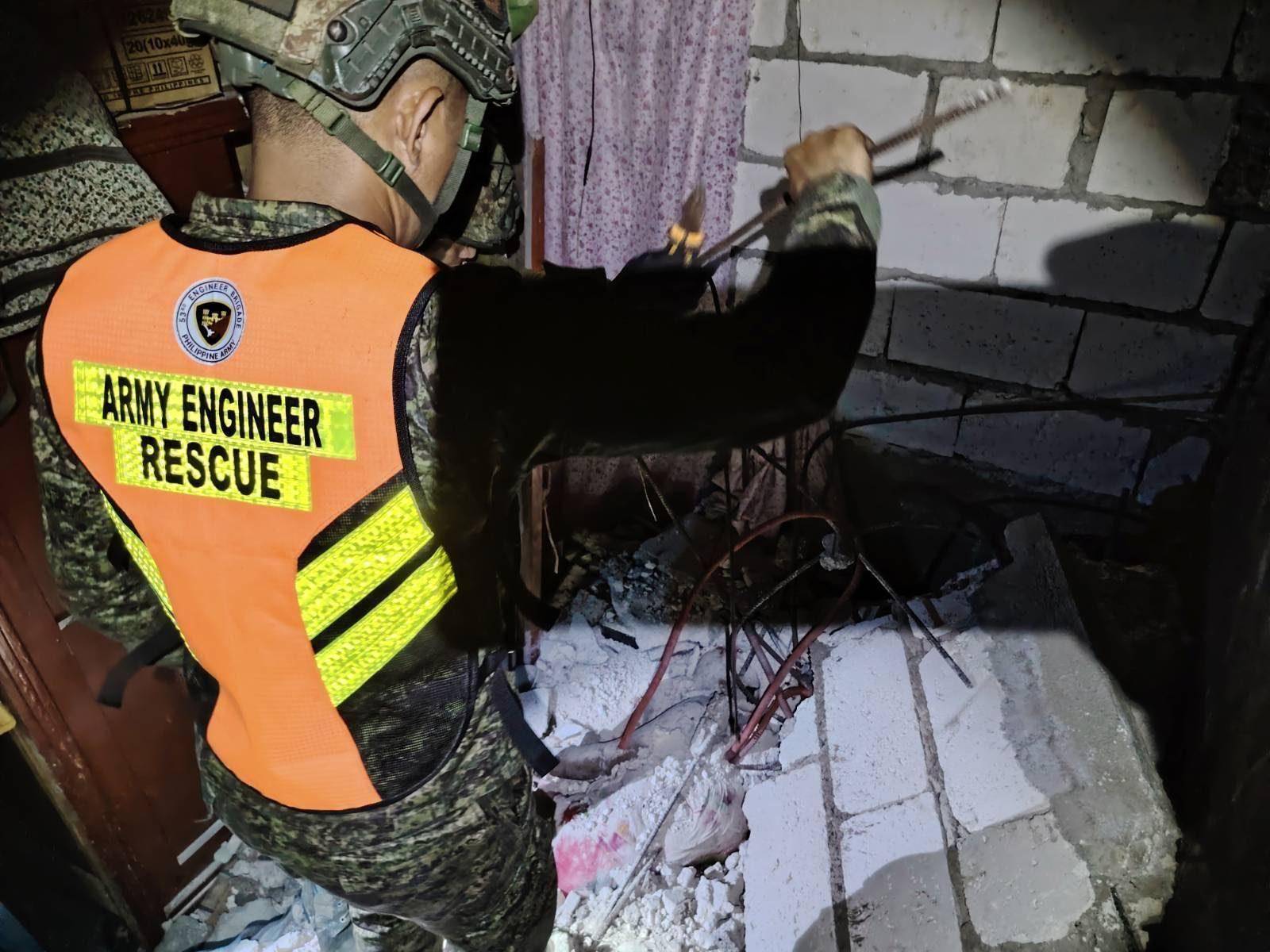
By Brian Campued
Aftershocks from the magnitude 6.9 earthquake in Cebu province have reached 2,652, according to the Philippine Institute of Volcanology and Seismology (Phivolcs) on Thursday.
In an update as of 10:00 a.m., Phivolcs said 531 of these aftershocks were plotted—ranging from magnitude 1.0 to 5.0—while 14 were felt.
The magnitude 5 temblor resulted in Intensity III or “weak” shaking.
“Ang Intensity III ay kagyat na paggalaw lamang ng lupa so hindi ito nakakapinsala subalit yung mga napinsala na ng main shock—halimbawa yung mga bahay na may crack na, maaaring ma-trigger ito ng mga aftershock, na puwede nang mag-collapse ang mga bahay pag ganon,” Phivolcs-Seismology Division science research specialist Julius Galdiano said.
Phivolcs said aftershocks are expected to continue in the coming days and may last weeks or months.
At 9:59 p.m. on Tuesday, Sept. 30, a tectonic earthquake jolted Cebu with an epicenter 19 kilometers off Bogo City—resulting in reported intensities as high as Intensity VII in Bogo City, Daanbantayan, Medellin, San Remigio, and Tabuelan. The tremor was also felt across the Visayas, Bicol Region, and parts of Mindanao.
According to Phivolcs earthquake catalog, no destructive earthquakes have been recorded in the last 400 years in Bogo City or the epicentral area.
“Kung pagbbasehan lang natin yung seismic cataglog natin, mukhang itong fault na gumalaw na ito, hindi sya madalas gumalaw—it takes years,” Seismological Observation and Earthquake Prediction Division Chief, Dr. Winchelle Ian Sevilla said in a press briefing.
He noted that the active fault that caused the strong earthquake is offshore or located underwater, so it was not previously mapped.
“Itong fault na gumalaw na ito wala pa ito sa ating active fault database, dahil number 1, nasa ilalim po siya ng dagat,” Sevilla said.
However, Cebu remains seismically active as the province is situated in an area with many fault lines.
“Among the earthquake sources are Bogo Fault, Daanbantayan Lineament, and the Cebu Fault System. There are also local inland and offshore faults, some concealed by recent deposits, capable of generating earthquakes ranging from minor to strong magnitudes,” Phivolcs said in its primer on the Sept. 30 Cebu temblor.
Based on historical records, Phivolcs said the most recent powerful earthquake that shook Visayas was the magnitude 7.2 quake in Bohol on Oct. 15, 2013, which was also felt from Cebu.
Meanwhile, the death toll due to the 6.9-magnitude earthquake in Cebu rose to 72 while 294 were injured as of the 8:00 a.m. situational report of the National Disaster Risk Reduction and Management Council (NDRRMC). However, all of these figures are still subject for validation.
-jpv
